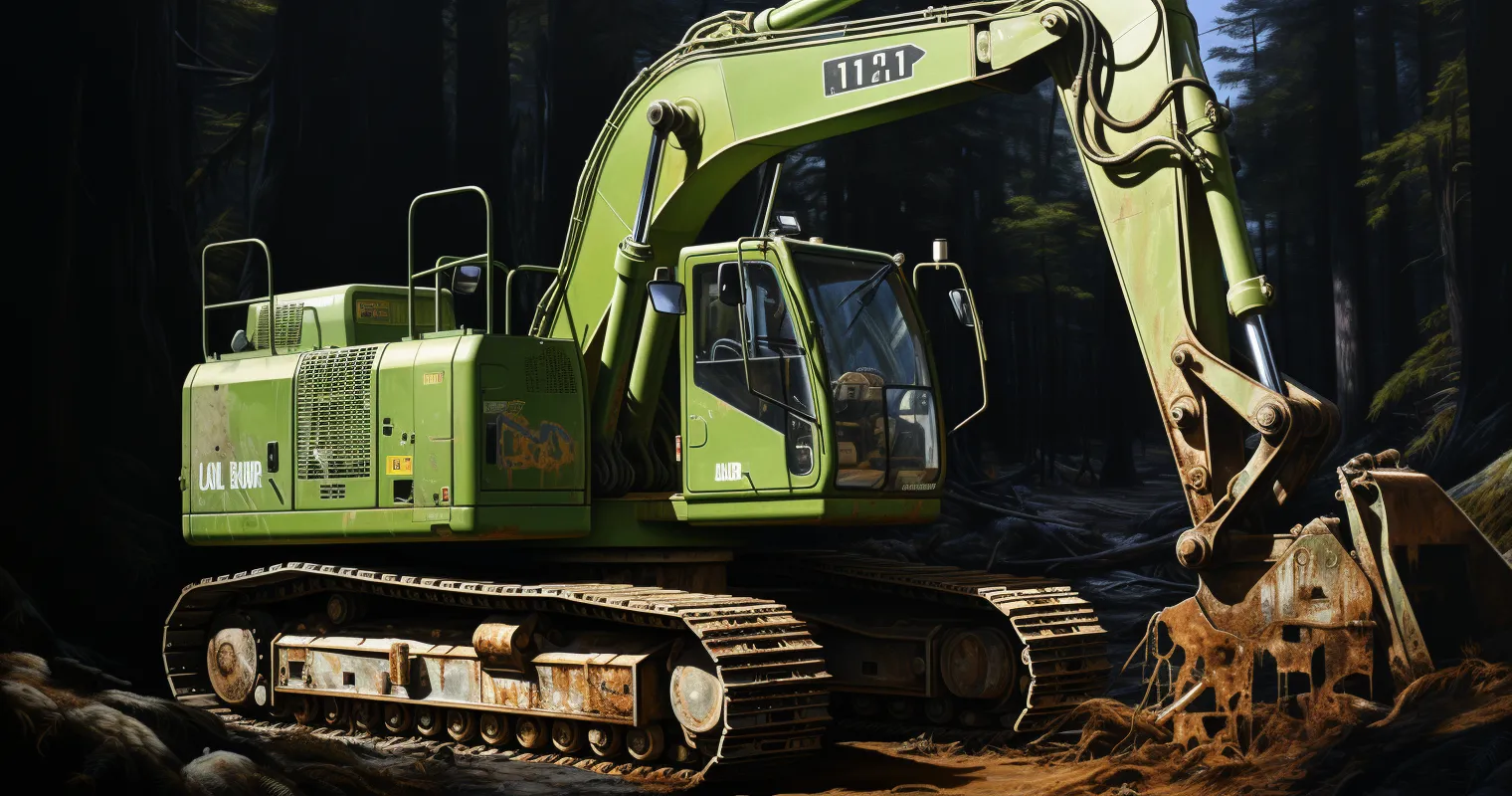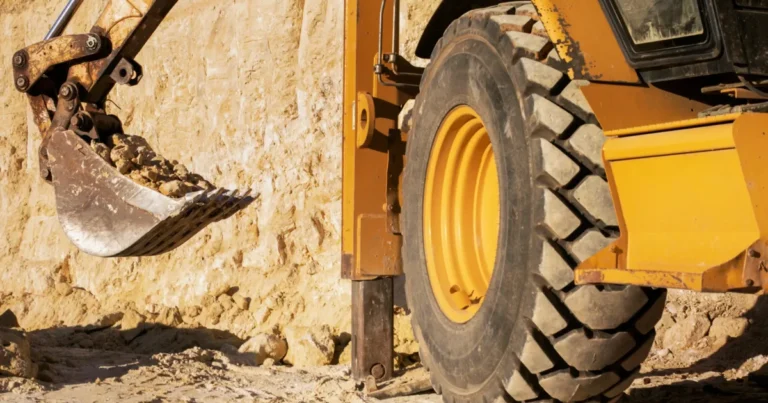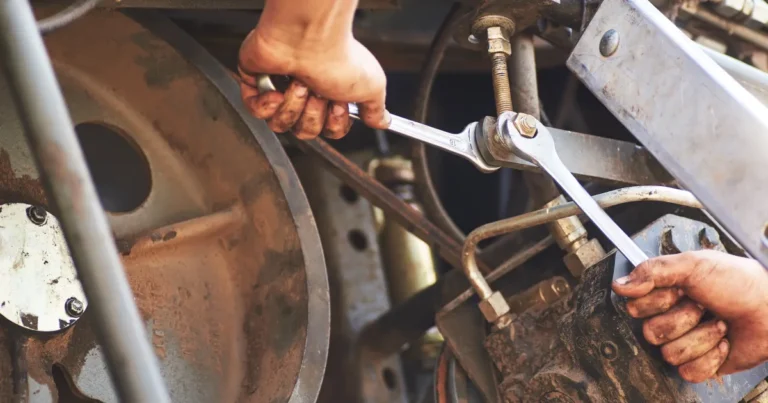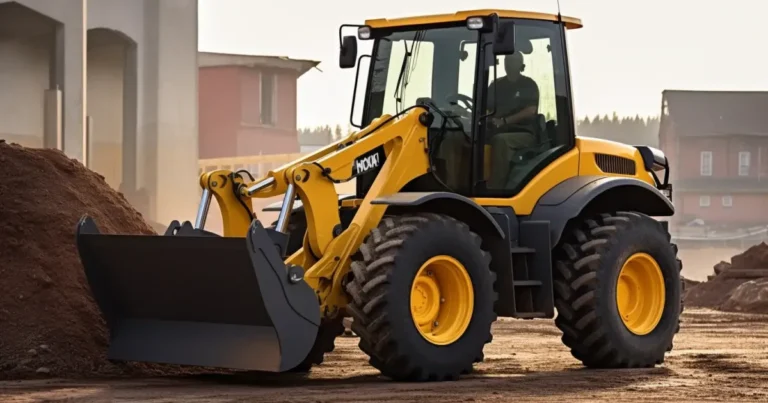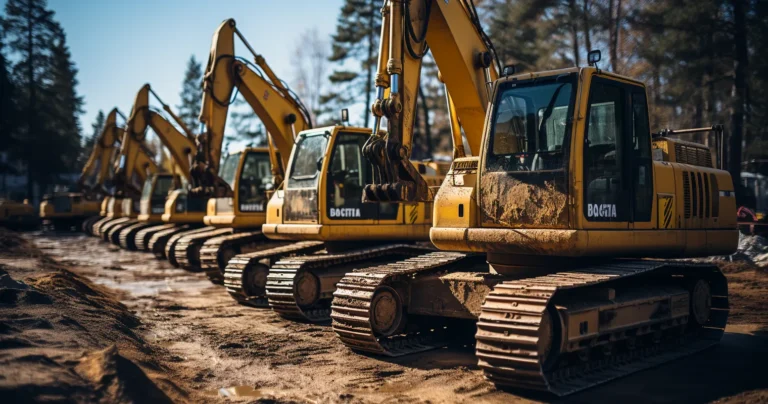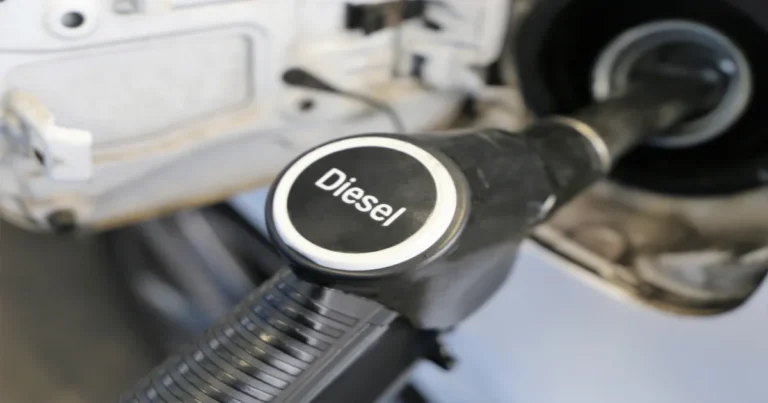As environmental concerns continue to rise each year, heavy equipment producers have taken significant strides to reduce their machines’ environmental impact. One of the crucial aspects of their efforts is the implementation of aftertreatment solutions in their equipment. Aftertreatment technologies help minimize harmful emissions, improve fuel efficiency, and ensure compliance with stringent environmental regulations. In this article, we will explore some of the prominent heavy equipment producers, namely Volvo, Kubota, Komatsu, and Caterpillar, and the aftertreatment solutions they employ to promote sustainability and environmental responsibility.
Volvo Construction Equipment and Aftertreatment solutions
Volvo is renowned for its commitment to environmental sustainability, and their aftertreatment solutions demonstrate this dedication. Volvo’s construction equipment employs Selective Catalytic Reduction (SCR) technology in its engines. SCR is a process that uses a urea-based diesel exhaust fluid (DEF) to reduce harmful nitrogen oxides (NOx) emissions. The DEF, also known as AdBlue, reacts with NOx in the exhaust gases, converting it into harmless nitrogen and water vapor before releasing it into the atmosphere.
Additionally, Volvo implements Diesel Particulate Filters (DPF) to capture and remove particulate matter (PM) from the exhaust stream. DPF technology effectively traps PM emissions and periodically regenerates them into ash through controlled burn-off processes, ensuring cleaner emissions.

Kubota Corporation
Kubota is a leading name in the heavy equipment industry, and they are equally dedicated to eco-friendly solutions. Their aftertreatment systems primarily focus on Tier 4 Final and Stage V engine emissions regulations. Kubota uses a combination of Exhaust Gas Recirculation (EGR) and Diesel Oxidation Catalyst (DOC) technologies to reduce NOx emissions.
The EGR system recirculates a portion of exhaust gases back into the engine’s combustion chamber, lowering the combustion temperature and reducing NOx formation. The DOC further facilitates the conversion of harmful pollutants into less harmful substances, making Kubota’s equipment more environmentally friendly and fuel-efficient.
Komatsu Ltd.
Komatsu is committed to integrating advanced technologies into their machines to minimize their carbon footprint. Their aftertreatment solutions center around a system known as Komatsu Diesel Particulate Filter (KDPF). Similar to other manufacturers, KDPF uses a DPF to capture and oxidize PM emissions. Komatsu’s proprietary technology ensures a high regeneration efficiency, effectively reducing maintenance requirements and emissions.
Komatsu also implements the use of advanced electronic controls and engine management systems to optimize engine performance and emissions. These controls play a crucial role in managing aftertreatment processes effectively and ensuring compliance with global emission standards.
Caterpillar Inc.
Caterpillar, a global leader in heavy equipment manufacturing, has been proactive in developing innovative aftertreatment solutions for their machines. Their aftertreatment technologies primarily rely on SCR, which involves the injection of DEF into the exhaust stream to break down NOx emissions into harmless components.
Caterpillar’s proprietary Clean Emissions Module (CEM) integrates various aftertreatment components, including the DEF dosing unit, the decomposition tube, and the SCR catalyst, into a single module. This compact design optimizes performance and simplifies maintenance procedures. Additionally, Caterpillar employs advanced engine control systems that work in conjunction with aftertreatment systems to achieve optimal emissions reduction and fuel efficiency.
The heavy equipment industry has come a long way in addressing environmental concerns and promoting sustainability. Volvo, Kubota, Komatsu, and Caterpillar stand out as leading manufacturers that have embraced aftertreatment solutions to reduce emissions and enhance fuel efficiency in their machines. By incorporating technologies such as SCR, EGR, DPF, and innovative engine management systems, these companies are actively contributing to a cleaner and greener future for the construction and heavy equipment sector. As environmental regulations continue to evolve, these manufacturers’ commitment to aftertreatment solutions will play a crucial role in shaping a more sustainable and responsible industry.
Furthermore, their dedication inspires whole industry-wide transformation.

